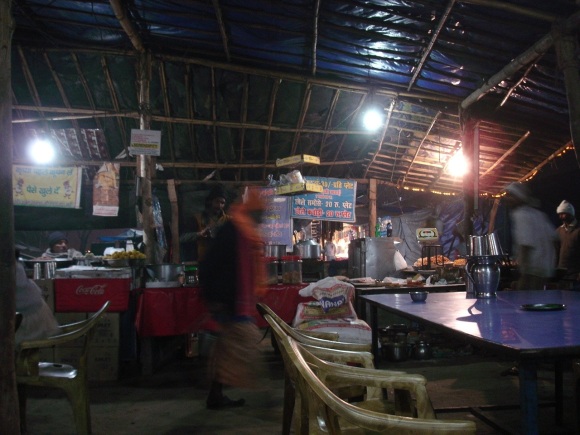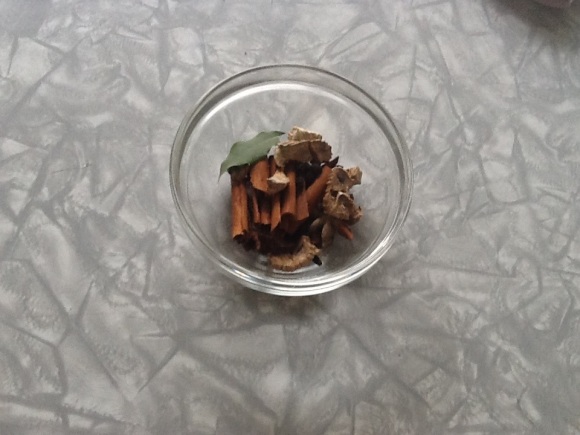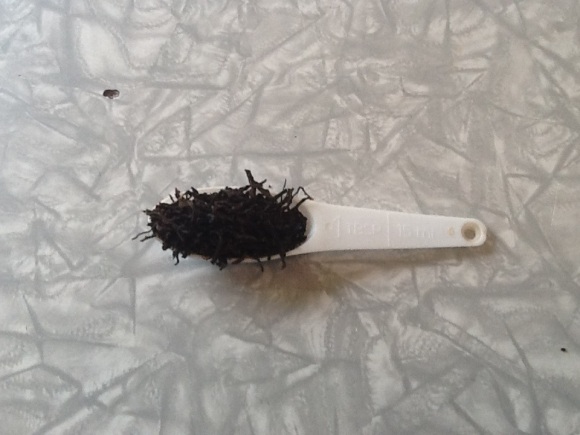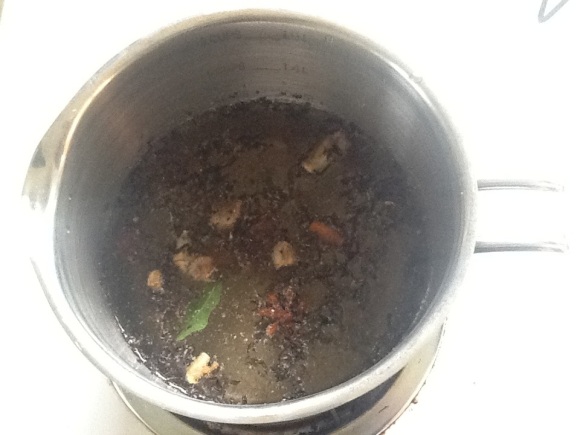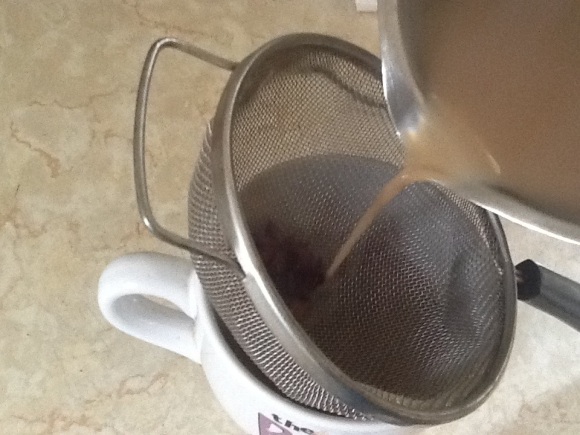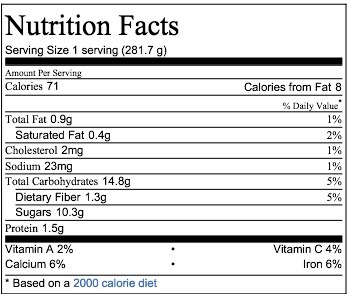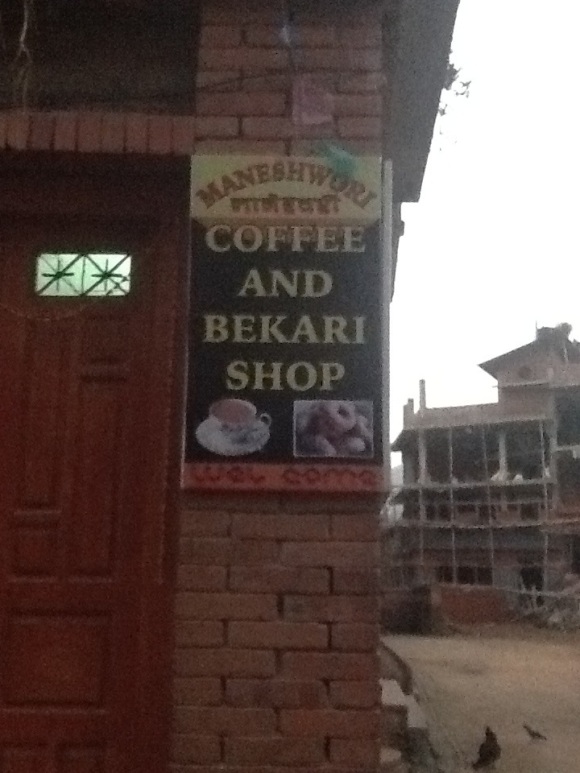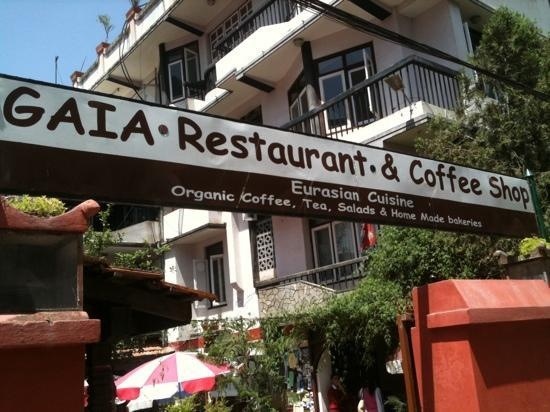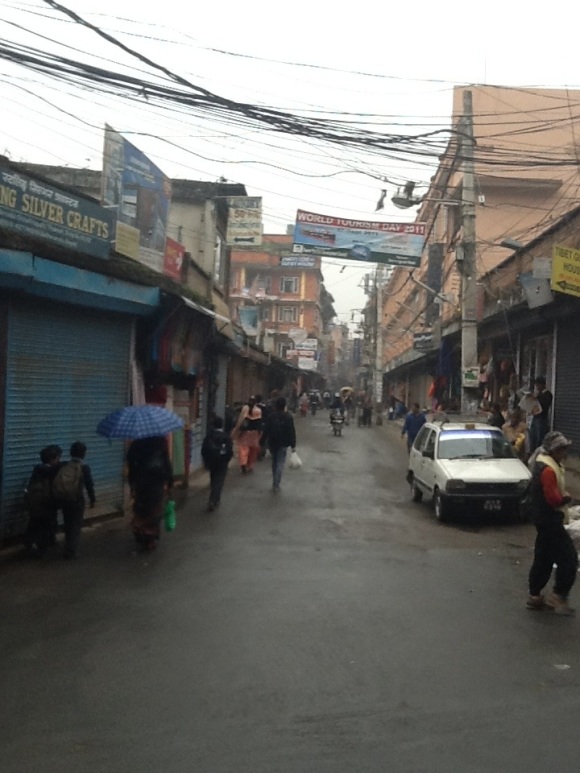It’s been almost five months since I’ve been in Asia, and I find myself thinking about it often. Sometimes I look at pictures and am reminded about an aspect of the trip, and sometimes a sound or smell will pull me back to a place in Mumbai or a hillside in Panauti. A few days ago, while on the bus going through Osborne Village, there was a traffic jam and suddenly the air was filled with a cacophony of car horns and I was instantly transported to Chennai. I wanted to grab the wheel of the bus and go down the wrong side of the road while looking back at the passengers and asking if they wanted to go shopping or maybe go to the beach. I think I was the only one smiling on the bus.
But there is one aspect of India and Nepal that I can recreate, to a fairly accurate facsimile, here in Canada. I can make the food… or at least attempt to.
I’ve been experimenting over the last few months with a variety of recipes with some success (and a few dismal failures). I’ve gathered some from books, friends, and from all over the internet, then tried and modified until I found the closest thing to the dishes I remember from over seas. This entry will be the first of my findings that I will share.
There is a western misconception, perpetuated by the big western coffee houses, that chai is a flavour. Chai actually just means tea, and the word masala means spices, spiced, or spice mixture. So the next time you are in a Starbucks and you ask for a spiced masala chai tea, you are actually asking for a spiced spiced tea tea, and you should probably watch out for the Hooded Fang.
Another misnomer is that masala is a set mixture of spices and chai is a type of tea, therefore all masala chai will be the same. Nothing could be farther from the truth. Every restaurant, vendor stand, and wallah had a different recipe, most good, some fantastic. My favourites include the Ananda Cafe and Guest House blend in Panauti Nepal (made by the delightful wife of the proprietor), the Hotel Central Tower in Chennai, and the Hotel Hari-Piorko in New Delhi.
I ended up drinking a LOT of chai when I was over there, partially because it was boiled and fairly safe, but mostly because it was yummy! Even the small paper cups from the chaiwallahs on the Indian trains or chowpatty beach in Mumbai were tasty.
However, there was one cup of tea that I had in Haridwar that I will never forget, it came at the end of my first day after the evening aarti and a delightful day of dunking in the Ganges and mingling with the sadhus at the ghats. On the way back to my hotel I stopped in at a ramshackle stand that had a fresh batch of samosa frying in oil and I ordered a masala chai, and watched the cook make it.
He started with COLD water (a bottle of Aquafina in this case) and threw in a handful of whole spices and then a spoon full of tea leaves. Then he brought the whole thing to a rolling boil and let it bubble for about 5 minutes. Then he added some honey and milk, strained it into a glass, and served it.
This technique is very different than the steeping we do in the west where we boil the water first and then let a perforated bag filled with lawn clippings, sawdust, and a single tiny tea leaf, sit in the water for ten minutes (I’m looking at you Tetley).
Now, I’m not sure whether it was the actual taste of that Haridwar chai, or the surroundings and circumstances that were a part of the day that I had it, but it was one of the best cups of tea I have ever had… and of course I wasn’t watching close enough to see which spices or kind of tea he used to make it… so I’ve been trying to recreate it ever since.
And with a combination of recipes, I think I’ve found a very close rendition:
Masala Milk Chai inspired by the Ghats of Haridwar
Ingredients
3 whole star anise seeds (alternatively 1/2 tbsp of fennel seed)
3 green cardamom pods
6 cloves
1 cinnamon stick broken up
1/4″ fresh ginger root, sliced thin
1/4 tsp whole black pepper corns (about 10)
1 bay leaf
3 1/2 cups COLD water
1 tbsp black tea
1-2 tbsp honey or brown sugar (2 is more authentic, but might be too sweet for some)
1/2 cup milkUse whole spice wherever you can, if you need to use a ground alternative, you should have a coffee filter handy for straining, otherwise you’ll get a strange sludge at the bottom of your final cup.
Also try to use a loose Indian black tea like Darjeeling or Assam. Right now I’m using a Nepalese black tea that I found at an Asian market here in Winnipeg, and it really lends itself to this recipe. I’ve since found out that David’s Tea carries a black Nepal tea too.
Method
In a pot, pour in water, spices, and tea, leaving the sweetener and milk aside.
Bring to a rolling boil and let it bubble away for 5 minutes
Add the sugar or honey first, and then immediately add the milk and let it simmer for 2 or 3 minutes more. (The reason you add the sugar first is that it stops the boil momentarily so when you add the milk there is less chance of curdling. Also, the lower the fat content of the milk, the less chance of curdling.)
If you used whole spices, strain mixture through a sieve or colander into cups. If you used ground spices, put a basket coffee filter in your strainer.
This recipe makes 2 latte sized cups (pictured), or 4 tea cups or mugs worth.
When ever I make this recipe, I sit back and watch this video to make the experience complete.
It’s either that or pour the mixture into dixie cups while straddling my couch and yelling “All aboard! Next stop Agra! Get your Chai and Chaat!”… but that might confuse the cats…

